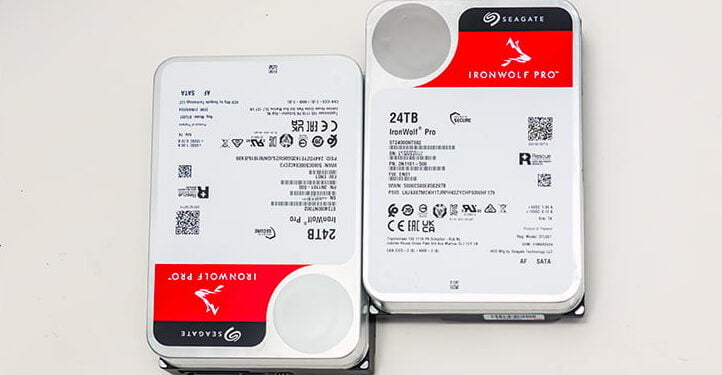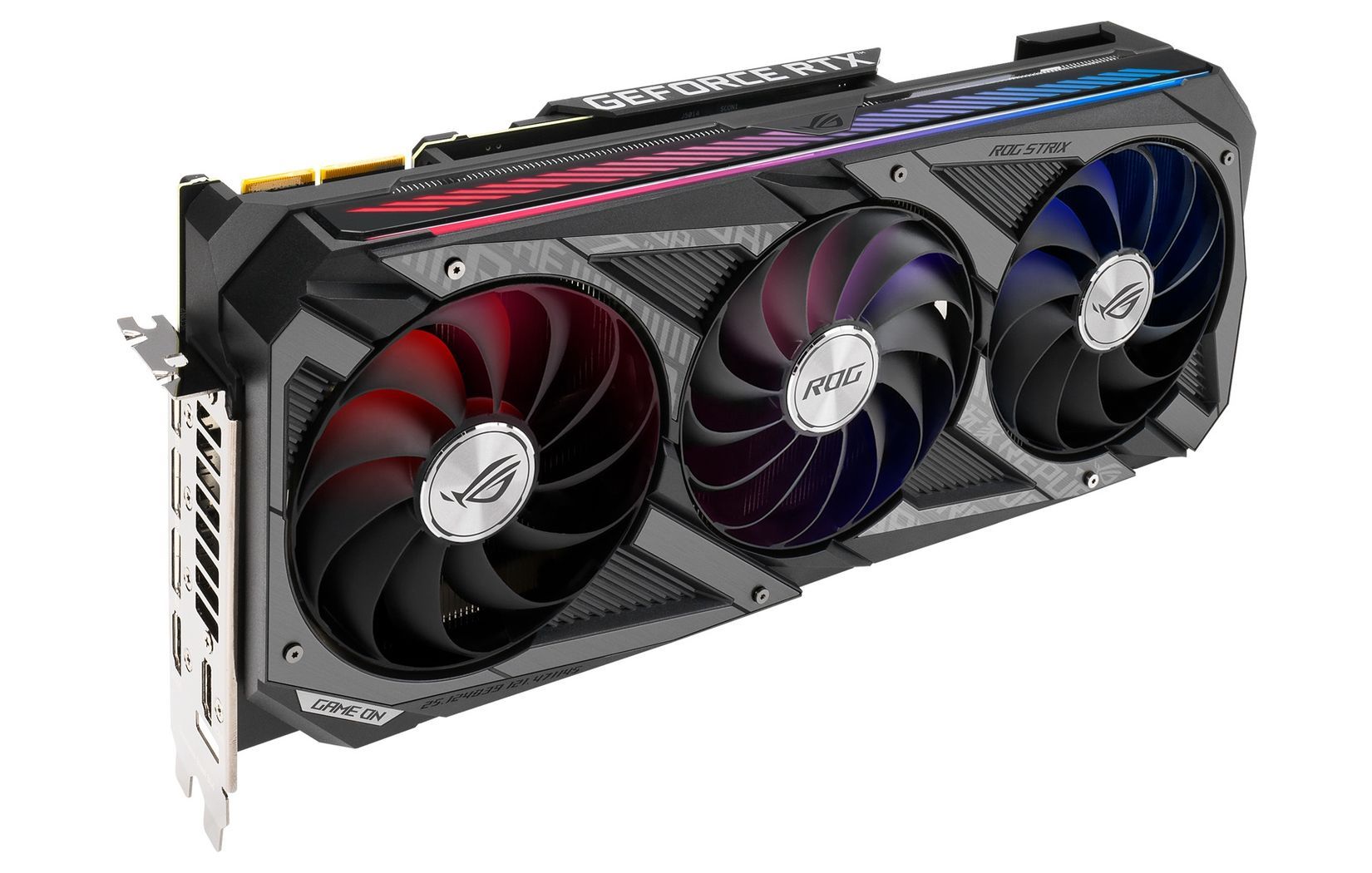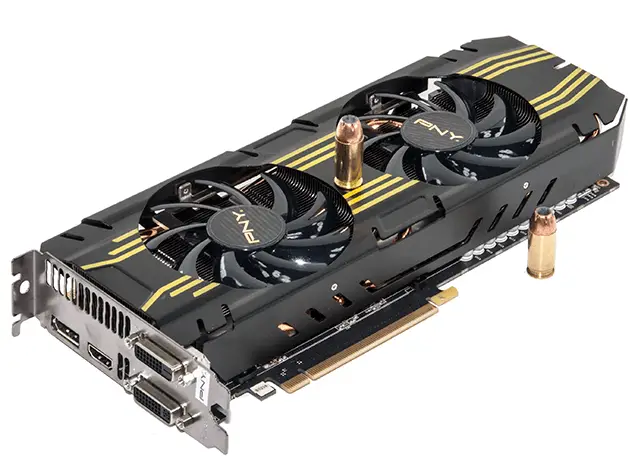Before we begin a bit of background information and explanation is in order. A few years ago Seagate indeed went back to the drawing board to create a new lineup meant to stem the incursion of Solid State Drives into their home turf. The end result of all their hard work, and countless man-hours of R’n’D, is the multi-model ‘umbrella’ series they have called the Guardian Series. The Guardian Series is not just one storage model and rather is a multitude of models, each intended for different markets. What they all have in common however is their Multi-Tier Caching Technology (MTC) which has been tuned for different scenarios… and the underlying technology does differ somewhat.
These models are the Seagate Barracuda, IronWolf, SkyHawk, and FireCuda. When needed these models are then broken down into standard and ‘pro’ models – with the pro versions being higher performance variants on the same theme.
The SkyHawk / SkyHawk AI is what Seagate calls their next generation home and SOHO orientated surveillance HDD series. These hard drives are tuned for low power consumption, low noise, and low IOPS scenarios – as shear performance is not really needed for recording and playback of video. What this means is instead of 7200rpm platters using Perpendicular Magnetic Recording (PMR) / conventional magnetic recording technology it is a 5900rpm Shingle Magnetic Recording (SMR) based system with the MTC tuned for ‘surveillance’ storage tasks (i.e. deep write, light read queue depths). In other words, this is Seagate’s answer to Western Digital’s ‘Purple’ series. Put another way if you have never used a Purple hard drive, or own a TCP/IP based surveillance system, the SkyHawk will probably not be an optimal choice if you prioritize performance over everything else. Please note, the “SkyHawk” and “SkyHawk AI” series should not be confused with each other as this later addition swaps out the SMR tech for CMR/PMR and ups the rotational velocity to 7200rpm… while using the same(ish) SkyHawk MTC tech.
The IronWolf series is Seagate’s Network Attached storage option. Both the standard and Pro models are PMR/CMR (both mean the same thing) based with 7200rpm spindle speeds. Both have the MTC tuned for the quirky rigors of being placed in a NAS appliance or RAID configuration. One of these quirks is having Time-Limited Error Recovery turned on so that the hard drive will not spend much time fixing low level errors. Instead, it will tell the storage controller to handle it via parity stripe ECC. This reduces latency spikes and is perfect for RAID based storage performance. Outside of RAID though it is a less than optimal choice, but the increased vibration resistance and other features that allow for long term use in near-line and on-line storage scenarios does cross over nicely in to HTPC territory where space is usually at a premium and HDDS are stacked in close proximity to one another.
This brings us to the yeoman model of the hard disk drive portion of the Guardian series: the Seagate Enterprise model. The standard ‘X’ variant is a 7,200rpm PMR/CMR based model that is helium filled and has had the MTC tuned for the needs of the nearline data storage consumer. This includes, but not limited to, enhanced data security and reliability via (optional) Self Encrypting Drive technology as well Super-Parity storage algorithms. The ‘Mosaic’ variant ups the storage density via exotic H.A.M.R technology and in the coming years will most likely come with even more data redundancy and security via customized Super-Parity algorithms.
The last round in the initial Guardian salvo is the FireCuda. This is either a solid-state or hard-disk drive model that has been tailor made for home consumers, system builders, and even SMB users alike. Thanks to its powerful controller, good NAND, and Seagate’s IP in both HDD and SSD arenas it represents Seagate getting back into these corners of the market in a big way. As such their MTC (and hardware) will vary greatly from one FireCuda model to another. In other words, the FireCuda models are devices which do not neatly fit into any of the other Guardian Series line-up and instead their design team think so far outside the box they no longer even know there is a box – let alone see it.















